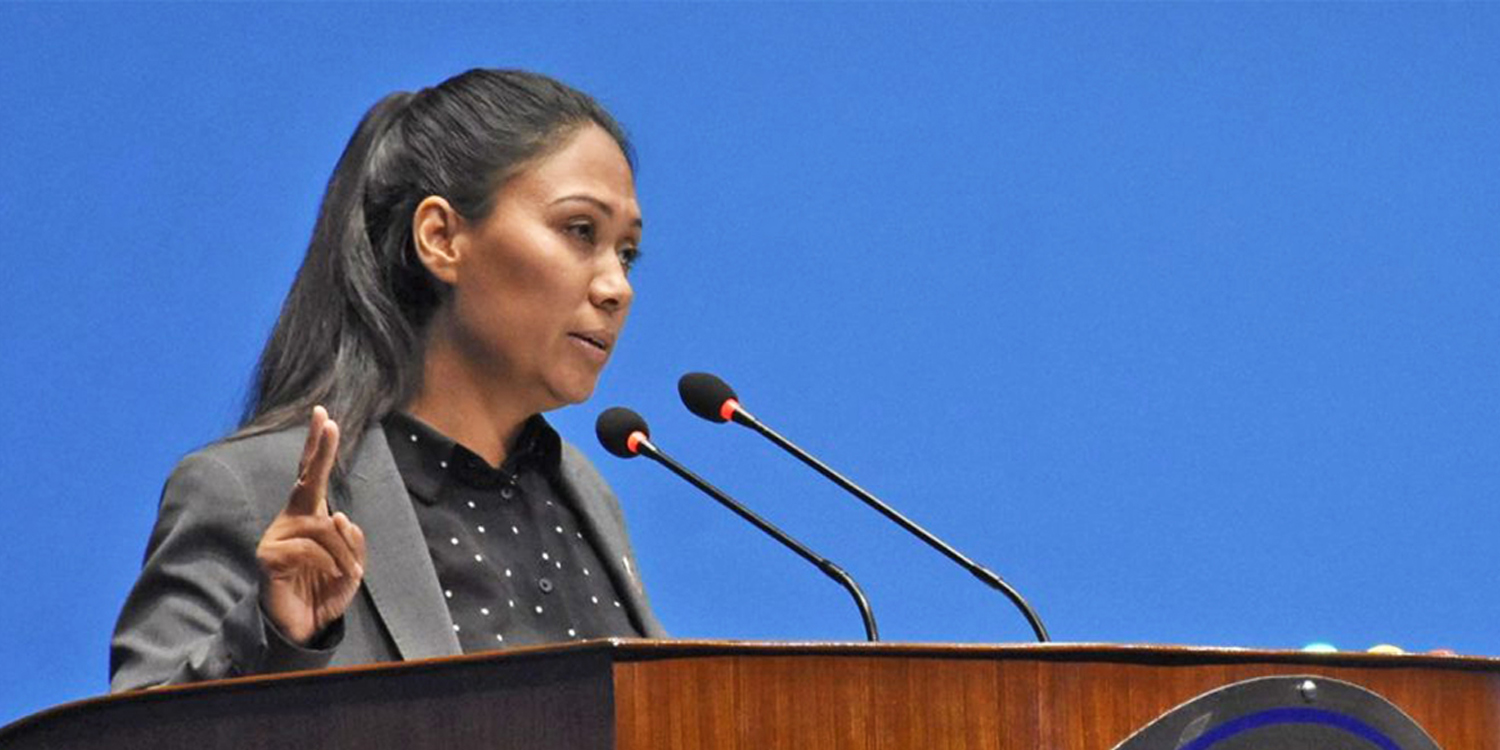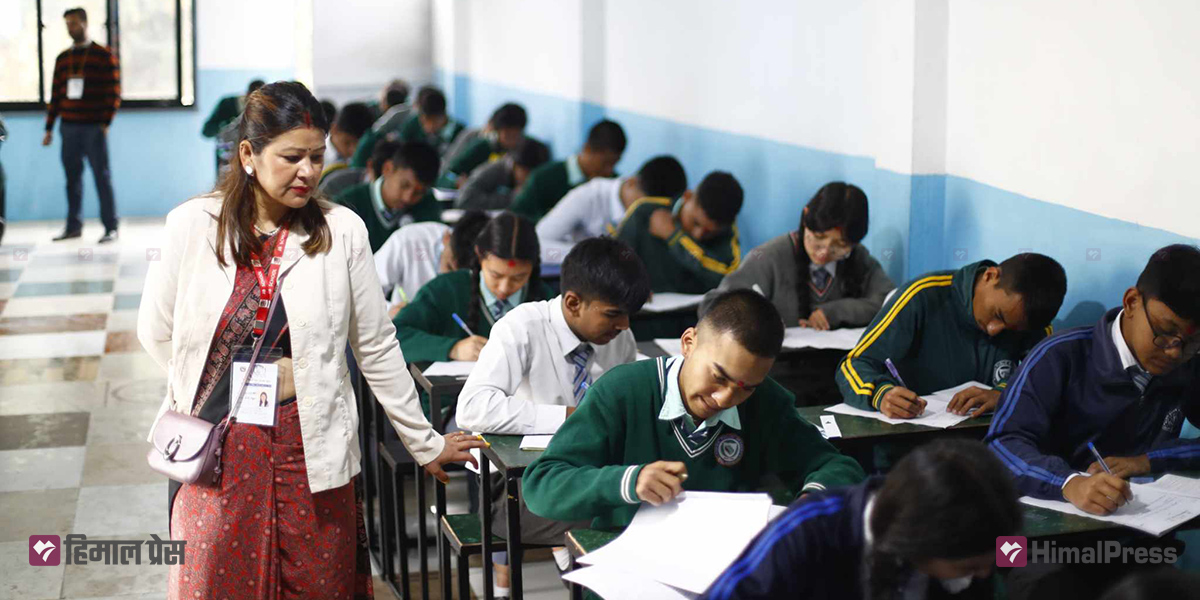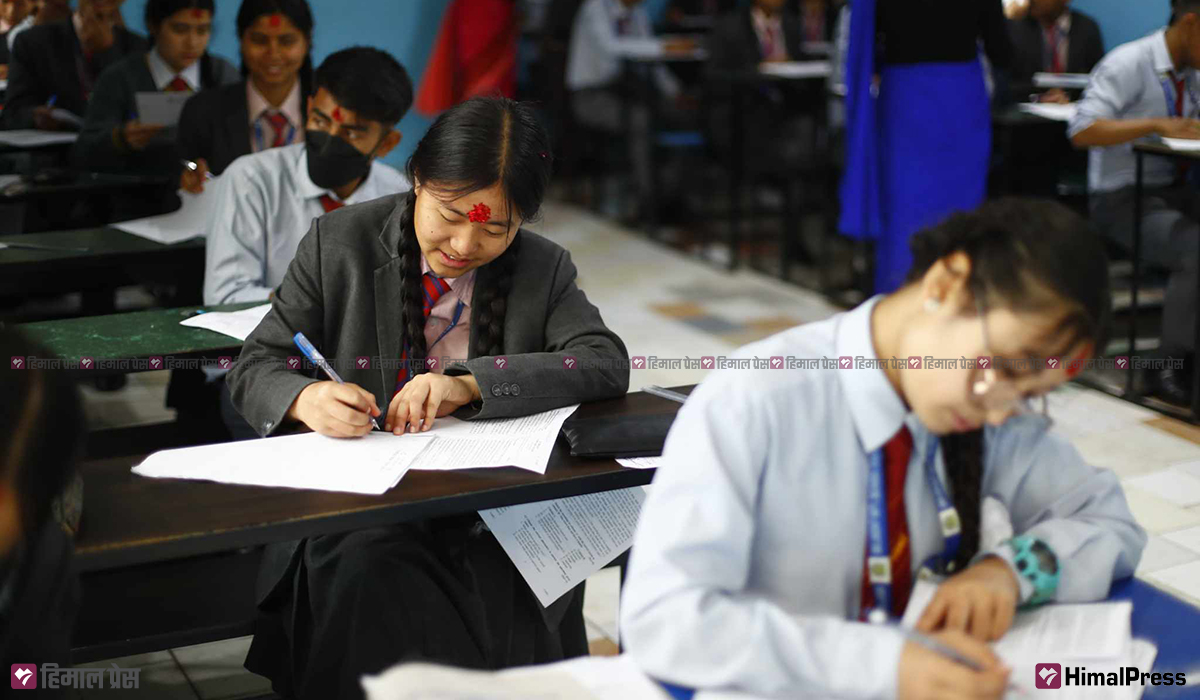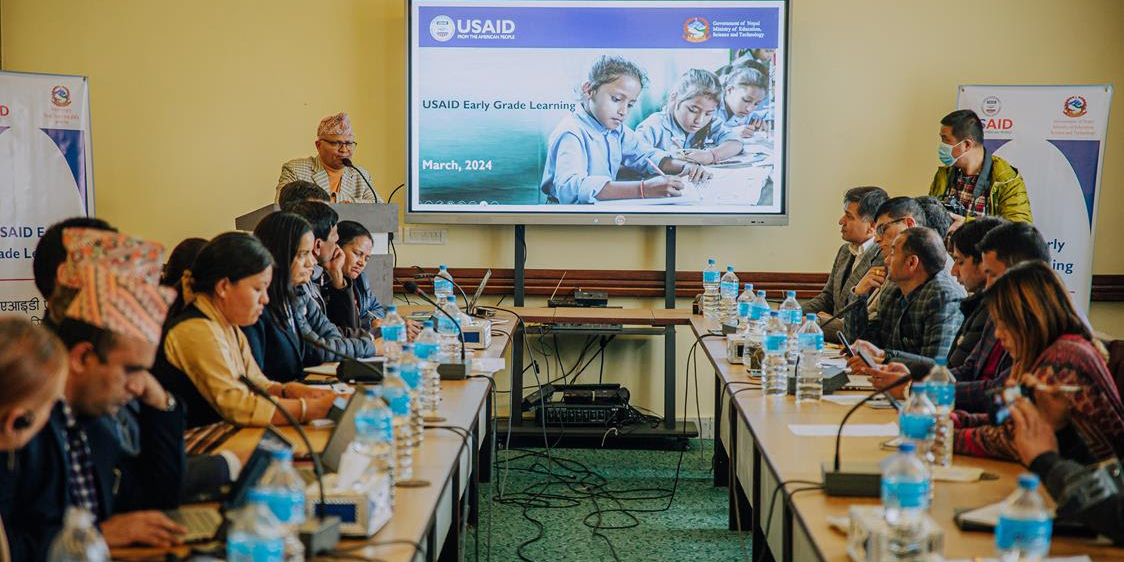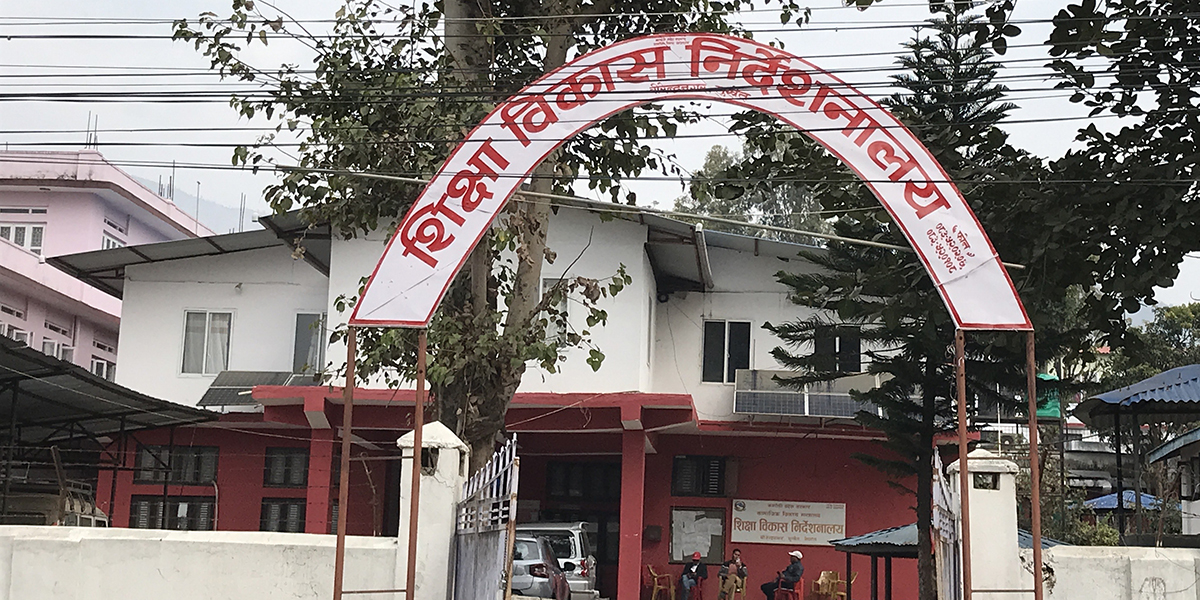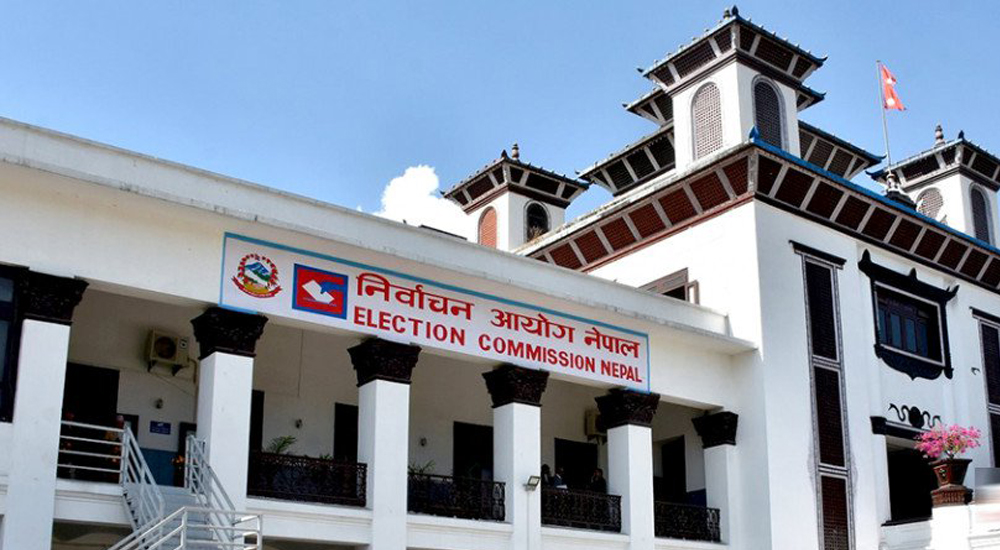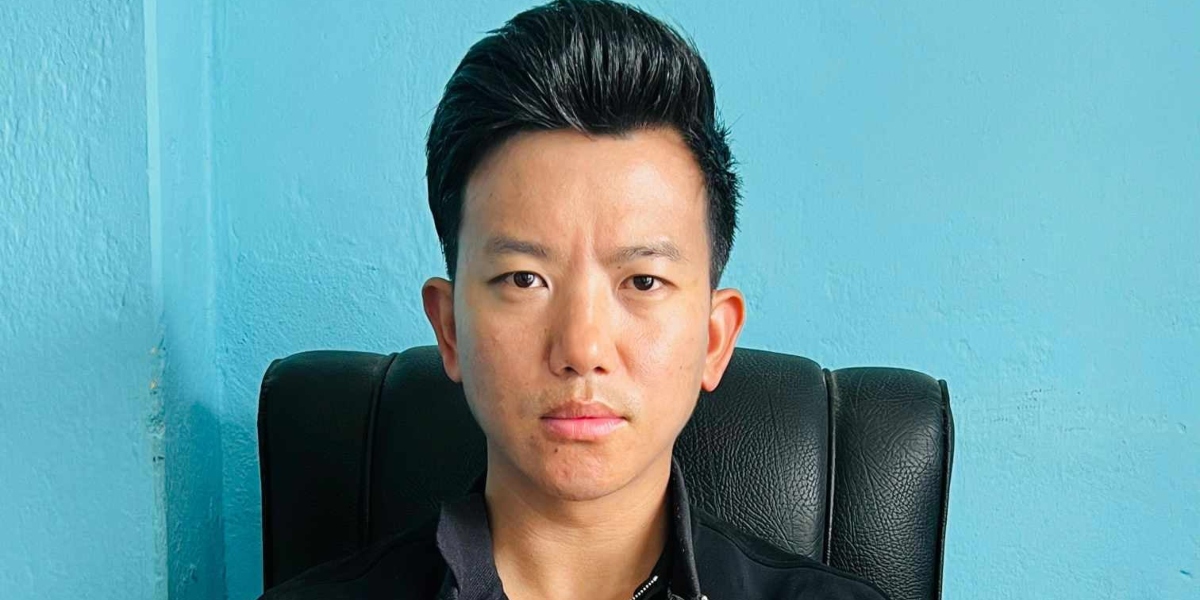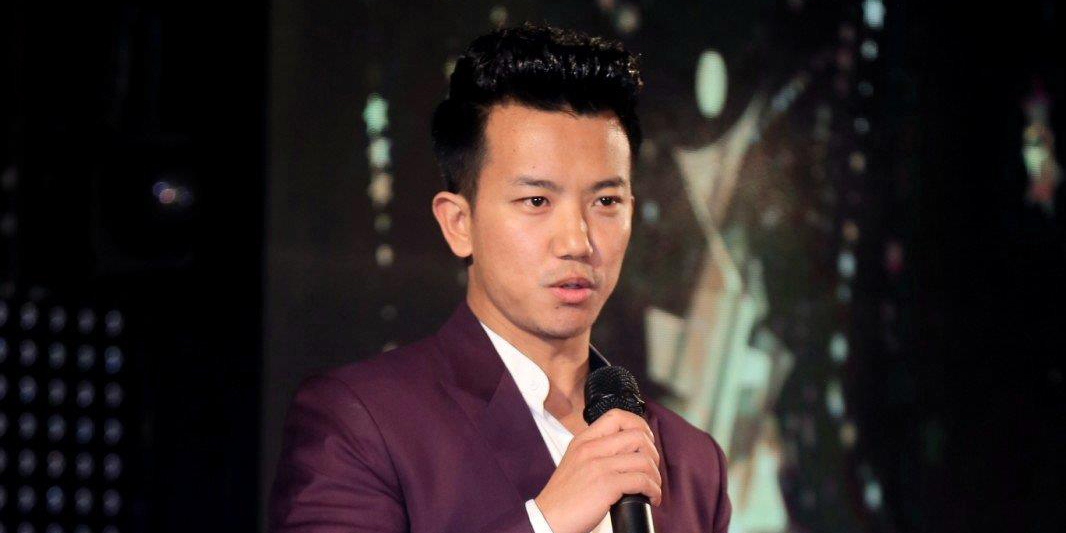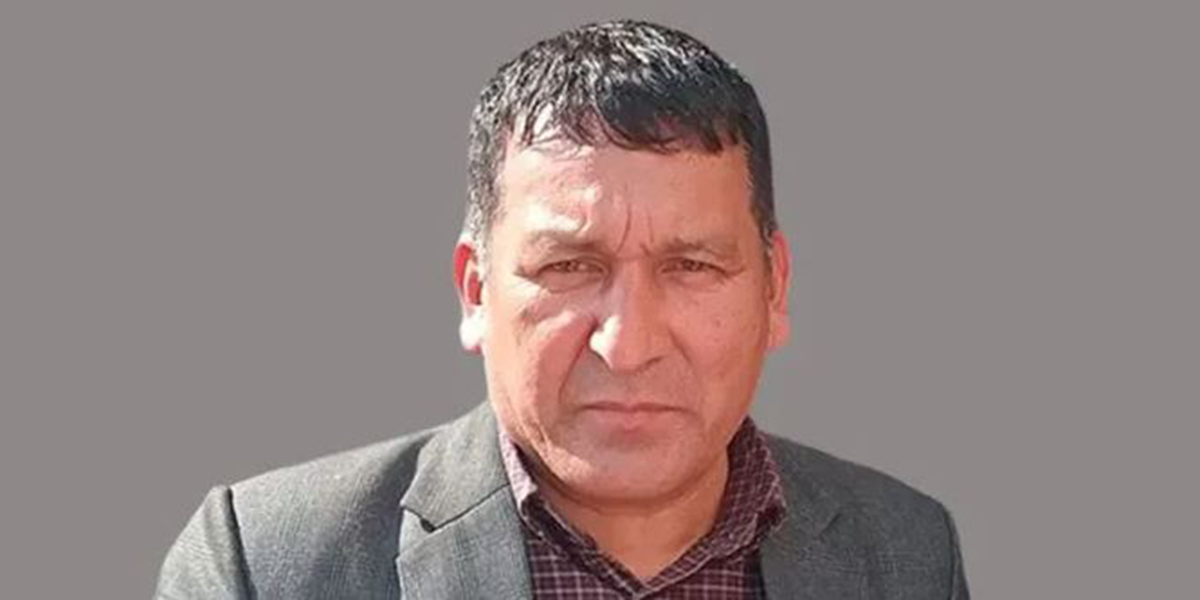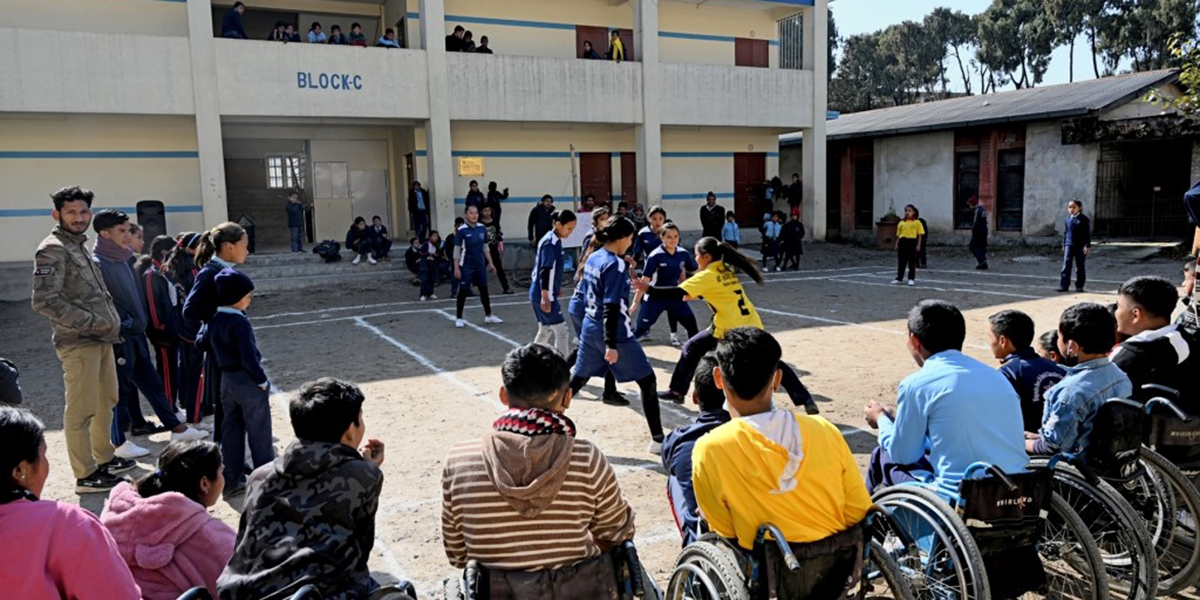 Children with disabilities play at a school in Jorpati, Kathmandu. Photo Courtesy: World Bank
Children with disabilities play at a school in Jorpati, Kathmandu. Photo Courtesy: World Bank
KATHMANDU: The constitution guarantees access to free and compulsory education for children with disabilities. However, many children with disabilities are unable to attend school due to a lack of accessible infrastructure and resources. Despite the existence of special schools, the number of children with disabilities attending school has not significantly increased due to a lack of accessible infrastructure and resources.
According to a report by the Center for Education and Human Resource Development, only 48 of the 36,498 schools in the country are specifically designed to accommodate children with disabilities. Of these, 12 are dedicated to serving visual and hearing impaired students. Despite this, the number of children with disabilities enrolled in basic education programs is relatively low, at just over 10,000 out of a total of one million students. At the secondary level, the number is even smaller, with just over 6,241 students with disabilities enrolled in programs.
Dr Krishna Subedi, a child rights activist, points out that the physical infrastructure of many schools is not accommodating for children with disabilities, hindering their access to education. “Different teaching methods and the use of itinerant teachers may be necessary to effectively educate children with a range of abilities. While existing laws clearly outline the rights of children with disabilities to education. many schools lack the necessary infrastructure to accommodate the needs of children with disabilities,” he added.
Dr Subedi suggests that children with disabilities should be integrated into mainstream schools rather than being kept in separate institutions. To make this possible, the physical infrastructure of mainstream schools needs to be modified to accommodate the needs of children with disabilities, he added. Further, he believes that local governments have a role to play in making schools more accessible for children with disabilities. He suggests that local governments could form child rights committees, appoint child welfare officers, and create child funds in all local units to support this effort.
Dr Subedi believes that children with disabilities should be given special consideration in education. He argues that the federal and local governments should prioritize the needs of children with disabilities when formulating their fiscal budgets.
The number of children with disabilities enrolled in basic education programs is relatively low, at just over 10,000 out of a total of one million students. At the secondary level, the number is even smaller, with just over 6,241 students with disabilities enrolled in programs.
The National Policy on Disability, improving the capacity of teachers is essential in order to provide quality education to children and youth with disabilities. Additionally, the physical and educational environments of schools, colleges, and universities must be made accessible to accommodate the needs of children and youth with disabilities. The policy also calls for making textbooks, teaching and learning materials, the evaluation and examination process, and educational materials more accessible for people with disabilities.
Similarly, the National Policy and Action Plan on Disability, 2007 identifies 17 priority areas for ensuring the rights of persons with disabilities. One of the provisions in the action plan is to provide free, quality primary education to over 50% of school-age children with disabilities.
According to Kapil Aryal, an associate professor at the Kathmandu University School of Law, children’s rights are being structurally suppressed despite the existence of good legal provisions. “The government has not fulfilled its commitments to children. A lack of coordination between the federal and local governments is contributing to these problems,” he added.
The National Policy on Children, 2012 includes provisions for maintaining records to ensure children’s rights and for providing access to basic services for refugee and internally displaced children. The government has also established separate schools for students with disabilities, which offer a residential system. The policy includes provisions to correct the records of children with disabilities, conduct awareness programs about the causes and preventive measures of disabilities, and provide free education and easy access to basic services such as education and health.
Maniram Acharya, program manager of Asaman Nepal, an organization that works in the field of children’s rights, also points out that children with disabilities often do not have easy access to schools due to a lack of disabled-friendly infrastructure. Acharya emphasizes the importance of providing inclusive education for all children, as guaranteed by Article 31 of the Constitution of Nepal. To make this a reality, he suggests coordinating with local governments to provide necessary training to teachers.
Despite the government’s adoption of a policy to encourage the enrollment of children with disabilities, many have not been able to attend school. The spokesperson for the Ministry of Education, Deepak Sharma, says that local units have been instructed to create action plans to make schools more accessible for children with disabilities. The government has also prioritized the construction of disabled-friendly schools, he added.
According to the ministry, all new school buildings built after the 2015 earthquakes are disabled-friendly.


